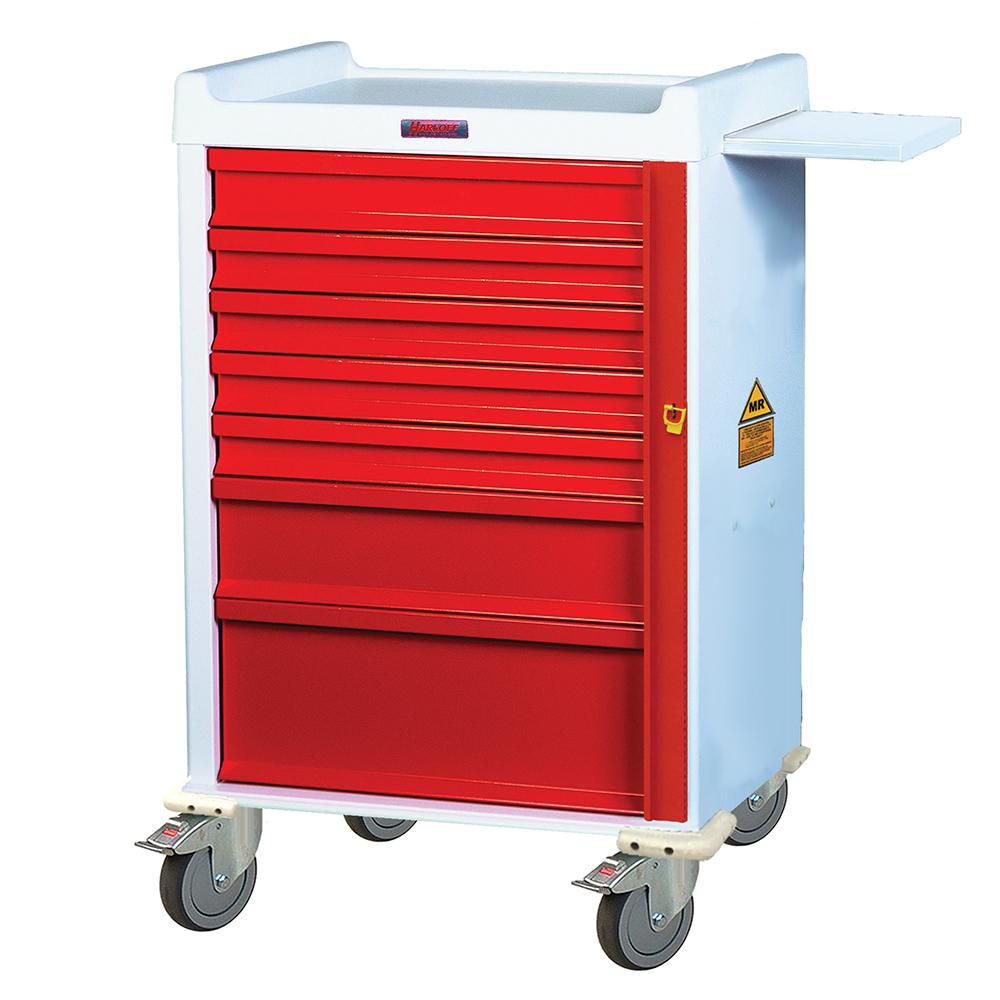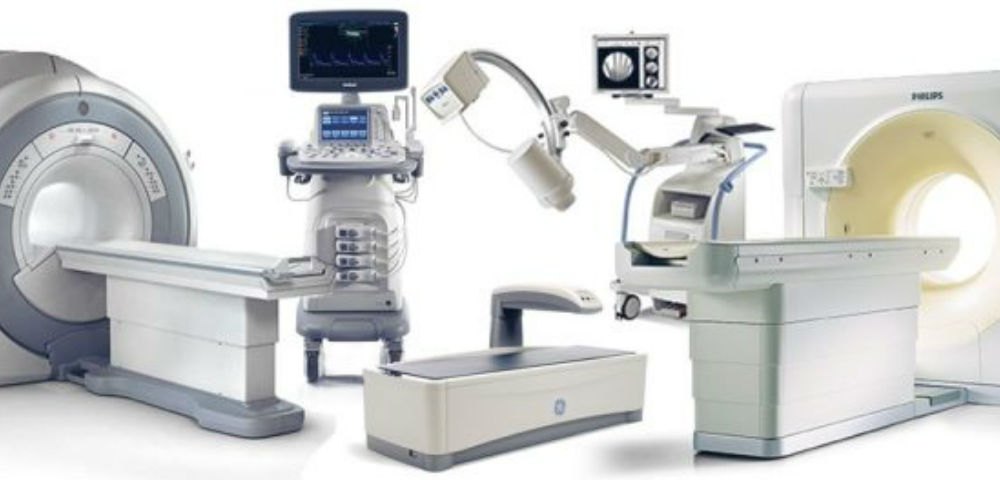-

Standard Line Med Bin Cart - SL36BIN5
$4,494.00

The Benefits of Using Refurbished Medical Equipment: Cost Savings and Sustainability
-
May 30,2023
Are you tired of constantly having to purchase expensive new medical equipment for your facility? Have you ever considered the benefits of using refurbished equipment instead?
The healthcare industry generates a significant amount of waste, including medical equipment that is no longer needed or deemed outdated. With the increasing demand for cost savings and sustainability in today's world, the use of refurbished medical equipment has become a popular alternative solution.
In addition to reducing waste and contributing to a more sustainable future, using refurbished medical equipment can also provide significant cost savings for healthcare facilities. From diagnostic imaging machines to surgical instruments, refurbished equipment can function just as effectively as new equipment at a fraction of the cost. Keep reading to learn more about the benefits of using refurbished medical equipment in your facility.
The healthcare industry is constantly evolving, and one of the biggest challenges that healthcare providers face is the cost of equipment. Medical equipment is essential for the diagnosis and treatment of illnesses, but it can be prohibitively expensive for many healthcare facilities, especially those in developing countries. The solution to this problem is refurbished medical equipment. Refurbished medical equipment is a cost-effective alternative to purchasing new equipment, and it has the added advantage of being environmentally sustainable. In this blog, we will discuss the benefits of using refurbished medical equipment, including cost savings, sustainability, and quality considerations.
Cost Savings: How Refurbished Equipment Can Save Money in Healthcare
Purchasing new medical equipment can be a massive expense for healthcare facilities, particularly for those in developing countries that have limited budgets. Refurbished equipment, on the other hand, is a cost-effective alternative that can save medical practitioners up to 60% of the cost of purchasing new equipment. This price difference is significant, especially for smaller healthcare facilities that cannot afford to buy new equipment. Refurbished equipment is usually in good condition and has been restored to meet the manufacturer's original specifications. As such, it provides similar quality and performance to new equipment at a fraction of the cost.
Sustainability: The Benefits of Reducing Waste in Healthcare
In addition to cost savings, refurbished medical equipment is also beneficial to the environment. The healthcare industry is known to generate a large amount of waste, and much of it comes from discarded medical equipment. Refurbishing used equipment reduces the amount of waste generated, thereby promoting environmental sustainability. It is an eco-friendly option that minimises the carbon footprint of healthcare facilities. By extending the life of medical equipment, refurbishment helps to reduce the need for new equipment production, which reduces greenhouse gas emissions.
Quality and Safety Considerations in Refurbished Equipment
When it comes to medical equipment, quality and safety are critical considerations. Refurbished medical equipment goes through a rigorous testing and certification process to ensure that it meets the manufacturer's original specifications. The equipment is calibrated to ensure that it performs to the same standard as a new piece of equipment. Furthermore, refurbished medical equipment undergoes safety checks to ensure that it is safe for use by medical practitioners. Refurbishing medical equipment enhances its safety, quality, and reliability, making it a viable alternative to new equipment.
The Role of Regulations and Industry Standards in the Refurbishment Process
There are regulations and industry standards that govern the refurbishment of medical equipment. These regulations and standards ensure that the equipment meets specific quality and safety requirements. The refurbishment process is highly regulated, and it involves the following steps:
1) Inspection of the equipment to identify any faults or defects.
2) Repair or replacement of any damaged or faulty parts.
3) Cleaning and disinfecting the equipment to ensure that it is safe for use.
4) Testing the equipment to ensure that it meets the manufacturer's original specifications.
5) Certification to confirm that the equipment is safe and meets industry standards.
The refurbishment process is a highly controlled and regulated process, and healthcare facilities can be confident that the refurbished equipment meets the necessary requirements.
Success Stories of Healthcare Facilities That Have Implemented Refurbished Equipment
Many healthcare facilities have implemented refurbished medical equipment with great success. For instance, a hospital in India used refurbished medical equipment to set up its radiology department. The equipment was sourced from a reputable refurbishment company and was installed and calibrated to meet the manufacturer's original specifications. The hospital was able to provide quality healthcare services to its patients at a fraction of the cost of purchasing new equipment. Similarly, a hospital in Kenya used refurbished equipment to set up its ICU department. The equipment was tested and certified, and the hospital was able to provide life-saving care to its patients effectively.
Conclusion: The Potential for Refurbished Equipment to Improve Healthcare Access and Affordability While Promoting Sustainability
In conclusion, refurbished medical equipment is an attractive option for healthcare facilities looking to save costs and promote sustainability. The equipment is cost-effective and provides similar quality and performance to new equipment. The refurbishment process is highly regulated, ensuring that the equipment is safe and meets the manufacturer's original specifications. Healthcare facilities that have implemented refurbished equipment can testify to its success, and it is clear that it has the potential to improve healthcare access and affordability while promoting sustainability. It is a viable option that healthcare practitioners should consider as they strive to deliver quality healthcare services to their patients.




